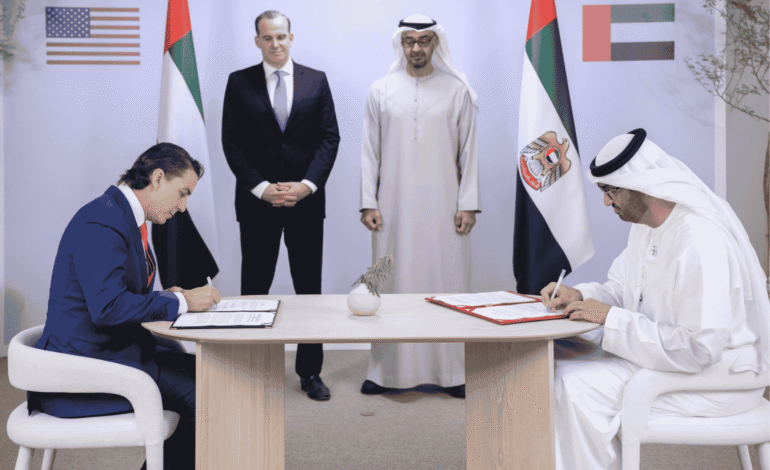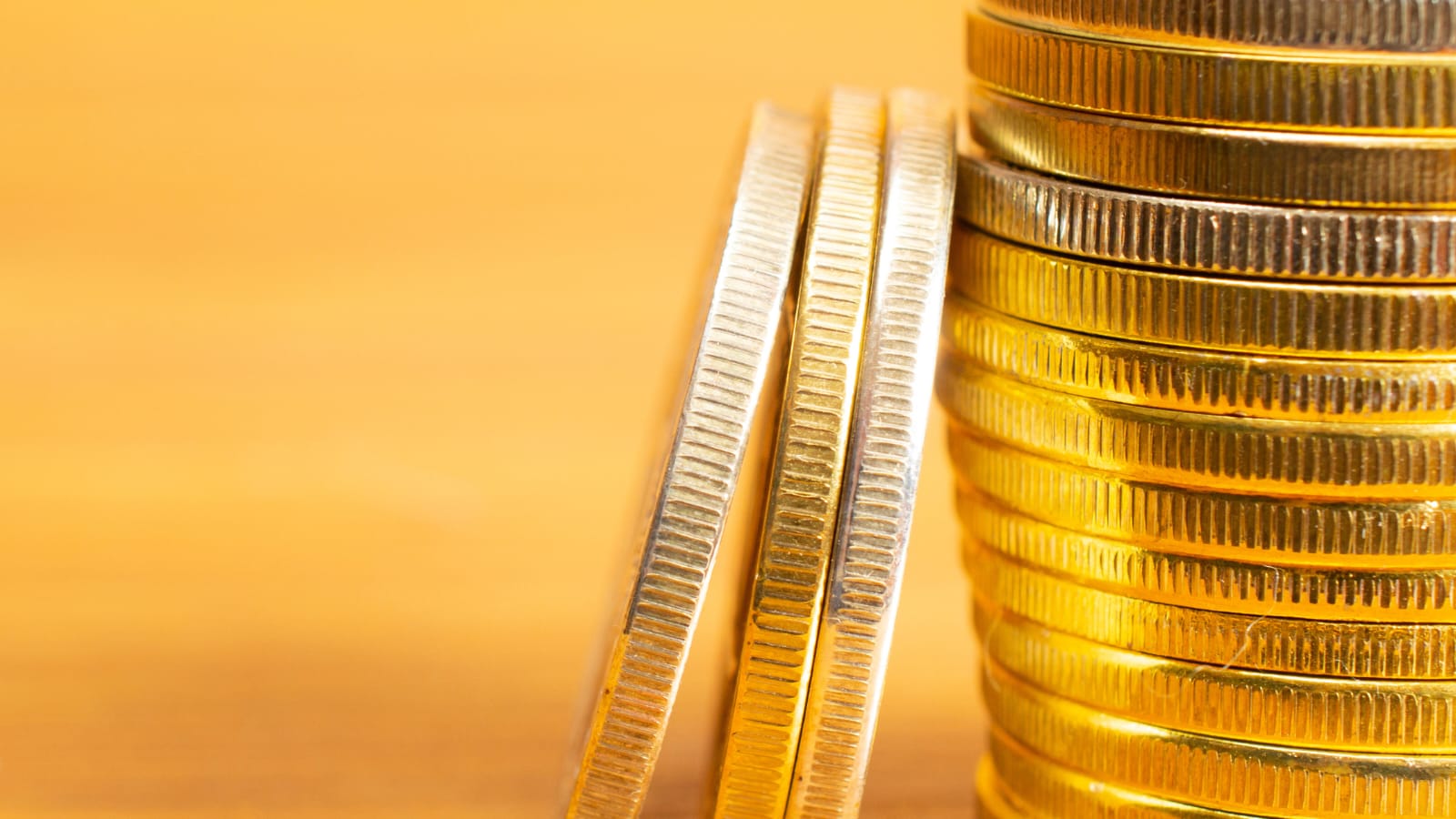UAE-US Clean Energy Alliance: Pioneering Global Sustainability

Strategic Energy Diplomacy Between Two Economic Giants The energy alliance between the United Arab Emirates and the United States signifies a bold vision shared by both nations to foster global sustainability. This bilateral relationship, rooted in mutual respect and a commitment to progress, has become increasingly defined by clean energy collaboration. In an era where climate action is imperative, both countries have chosen to lead by example. Through strategic financial investments, technological innovation, and cross-sector partnerships, the UAE and US are reimagining the future of energy.
Their strategic alignment serves as a global model. Rather than focusing solely on domestic policies, both nations are engaging in initiatives that have far-reaching international implications. The scope of this partnership ranges from joint ventures in hydrogen production to space-based solar research, offering comprehensive solutions for a cleaner, more resilient world energy system. By working together, they send a clear message that transformative change is possible through unity and shared purpose.
PACE: A Flagship Initiative for Global Clean Energy Goals
The Partnership for Accelerating Clean Energy (PACE), launched in November 2022, is the cornerstone of this strategic cooperation. With a goal of deploying 100GW of clean energy globally by 2035 and mobilizing $100 billion in investment, PACE is a multi-layered platform that targets large-scale change. It encapsulates the shared ambitions of both the UAE and the US to move beyond fossil fuels and expand access to clean energy, particularly in emerging economies.
In January 2023, under the umbrella of PACE, a major announcement was made: a $20 billion investment aimed at generating 15GW of renewable energy within the United States by 2035. This project is being spearheaded by Masdar, the UAE’s clean energy powerhouse, in collaboration with US-based private investors. The initiative reflects the depth of trust and long-term vision that underpins this partnership.
Masdar’s Growing Footprint in the US Renewable Sector
Masdar’s strategy in the United States is a key pillar of the UAE’s clean energy diplomacy. Since its initial entry into the American market in 2019, Masdar has grown to become a significant player in renewable energy development across several states. The company’s portfolio encompasses a diverse range of assets, including wind farms, solar power plants, and battery energy storage systems.
The journey began with investments in the Rocksprings and Sterling wind farms located in Texas and New Mexico. Building on this foundation, Masdar partnered with EDF Renewables North America in 2020, adding a combined 1.3GW of capacity across seven operational projects. These ventures not only contributed clean energy to the US grid but also demonstrated the viability of large-scale international investment in American infrastructure.
In 2024, Masdar took a major step forward by acquiring a 50 percent stake in Terra-Gen, one of the United States’ foremost renewable energy producers. This strategic move brought an additional 3.7GW of operating capacity and 6GW of advanced pipeline assets under Masdar’s umbrella. It also included a substantial early-stage project pipeline, reinforcing Masdar’s long-term commitment to sustainable development.
Hydrogen Innovation Marks a New Chapter in Energy Transition
While solar and wind power continue to dominate clean energy headlines, hydrogen has emerged as a key area of interest for both the UAE and the US. In a significant milestone, the Abu Dhabi National Oil Company (ADNOC) acquired a 35 percent equity stake in ExxonMobil’s blue hydrogen project in Texas. This project, designed to produce up to 1 billion cubic feet of hydrogen per day, represents a pioneering step in decarbonizing traditional energy production.
What sets this project apart is its commitment to carbon capture and storage. With plans to remove up to 98 percent of carbon dioxide emissions, it aims to produce more than 1 million tonnes of low-carbon ammonia annually. This development not only reinforces the UAE’s technological ambitions but also showcases the potential of legacy energy firms to pivot toward cleaner alternatives.
Academic and Institutional Synergy Accelerates Clean Energy Research
Collaboration between research institutions and governmental agencies is another hallmark of this partnership. The Abu Dhabi Department of Energy has signed multiple agreements with the University of Arizona and the International Renewable Energy Agency (IRENA) to explore groundbreaking technologies in the clean energy domain. These agreements aim to push the boundaries of what is currently possible—from solar panels deployed in space to advanced climate resilience tools.
Such collaborations are designed to drive innovation from both ends: academic research provides theoretical advancements, while government bodies offer practical applications and funding. Together, they aim to build a robust pipeline of new technologies capable of supporting the global energy transition.
Energy Storage and Integrated Systems Enhance Grid Reliability
As renewable energy sources become more prevalent, the challenge of intermittency—energy availability depending on time of day or weather—grows increasingly significant. To address this, the UAE-US energy partnership has placed a strong emphasis on battery energy storage systems. Two of Masdar’s projects in California, Big Beau and Desert Harvest, incorporate advanced battery storage that ensures continuous power supply even when generation fluctuates.
Energy storage solutions are crucial for grid stability, especially in states with high renewable penetration like California and Texas. Masdar’s integration of battery systems allows for better demand management and peak load reduction, making renewables not just an alternative, but a dependable primary energy source.
Future Outlook: A Template for International Clean Energy Collaboration
The UAE-US energy partnership is more than a bilateral initiative; it is a blueprint for how nations can collaborate to address the global climate crisis. With new projects continually being developed—such as Terra-Gen’s 12GW pipeline across California, Texas, and New York—the scope for impact continues to expand. The lessons learned from this partnership can serve as a guide for other countries seeking to accelerate their clean energy transitions.
The two nations are not just shaping their own energy futures but also influencing global markets and setting new benchmarks for international cooperation. As clean energy becomes a cornerstone of economic and geopolitical strategies worldwide, the UAE and US are well-positioned to lead this transformation in both policy and practice.
A Shared Vision Realized Through Action
This partnership is more than a series of projects; it is a commitment to a sustainable, secure, and inclusive energy future. By combining resources, expertise, and vision, the United Arab Emirates and the United States are proving that clean energy development can be both pragmatic and ambitious. Their collaborative efforts continue to yield tangible benefits, not only for their own citizens but for communities and ecosystems around the world. In an increasingly interconnected world, their alliance offers a powerful example of how diplomacy and technology can come together to solve humanity’s greatest challenges.







